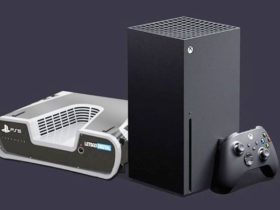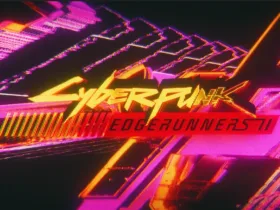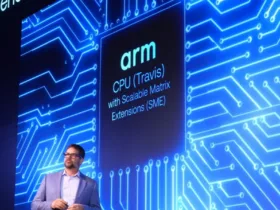In the next generation of consoles, Sony and Microsoft, PlayStation 5 and Xbox Series X will fight each other. However, regardless of the outcome of this competition, the winner will be AMD, which produces APU, and thus GPU and CPU for both devices.
On March 5, 2020, AMD Financial Day took place, during which new information about the architecture of both consoles was published. Meanwhile, a video appeared in the network in which the Product Manager of the graphics card department at AMD comments on the company’s participation in projects related to the new PS5 and Xbox Series X.
During AMD’s Q&A session, Mithun Chandrasekhar raised the topic of the new generation consoles he was asked about. The company employee confirmed that both PlayStation 5 and Xbox Series X will be based on the RDNA 2 architecture. One of its key features, which Chandresakhar emphasized, is hardware support for ray-tracing, which will be found in both consoles.
AMD has announced that the RDNA 2 (codename: NAVI 2X) will be on Xbox Series X and PS5 (as well as PC) during the presentation of its financial results to investors. Sony should logically confirm this during the reveal of its new console.
“We have developed all-new hardware-accelerated ray tracing as part of RDNA 2. It is a common architecture used in next-generation game consoles. With that, you will greatly simplify the content development that developers can develop for one platform and easily port it to the other.”
The RDNA 2 architecture is not developed with MS, there is only the ray-tracing part (API DXR 1.1) which exclusively concerns the XSX. Sony is also developing its own technology for RT. Sony will not pay royalties to Microsoft for using RDNA 2. Microsoft is still paying royalties to Sony for using Blu-ray.
“We also provide lower-level API support that gives more control to the developers so that they can extract more performance from the underlying hardware platform. This will help mitigate the performance concerns of ray tracing.”
Therefore, both consoles, both Sony and Microsoft products, will differ from each other in the number of TFLOPs and memory bandwidth, as well as possibly some nuances in microarchitecture. However, both PS5 and new Xbox should provide similar ray-tracing.
Checking out some @GearsofWar "enhancements" with @MikeJRayner and team. Looks better than Gears has ever looked. pic.twitter.com/UimDDHO4Ie
— Phil Spencer (@XboxP3) March 4, 2020
Recently, the head of the Xbox brand and the gaming department at Microsoft boasted some graphics improvements for Gears 5, which was received in the industry as a preview of what will come on the Xbox Series X.














Leave a Reply